Eclipses occur due to the alignment of the sun, Earth and moon in their orbits. These alignments can result in two types of eclipse—a solar eclipse and a lunar eclipse.
In a lunar eclipse, the Earth is between the sun and the moon. This means the moon is in the shadow of the Earth. Therefore, from the moon, we would see the Earth blocking out the sun (Figure 1).
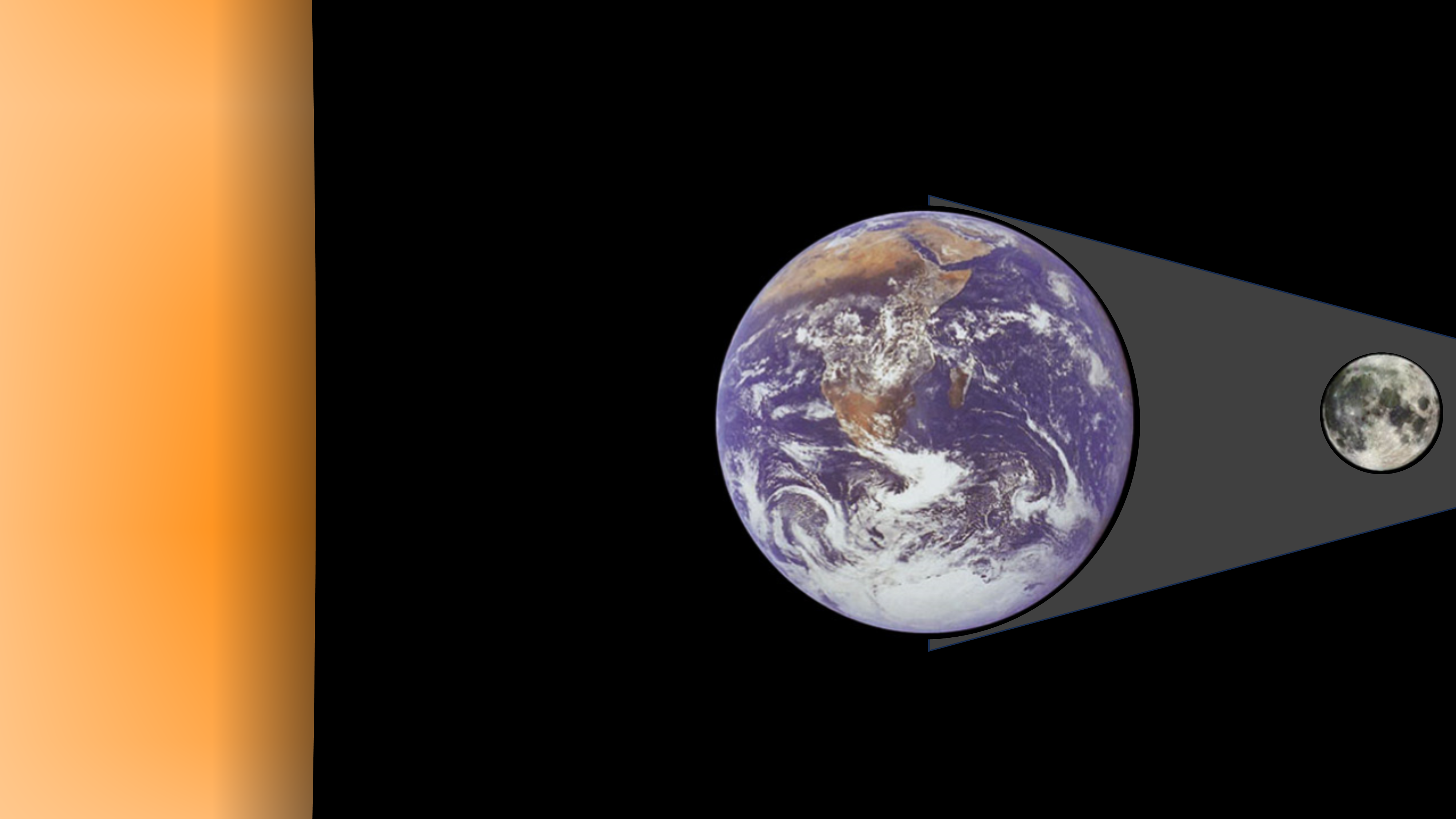
Figure 1: Diagram of a Lunar Eclipse. The relative sizes of the sun, Earth and moon are to scale. Images courtesy of NASA.
For a solar eclipse, the moon is between the sun and the Earth. This means that the Earth is in the shadow of the moon. Therefore, from the Earth, we see the moon blocking the sun (Figure 2).
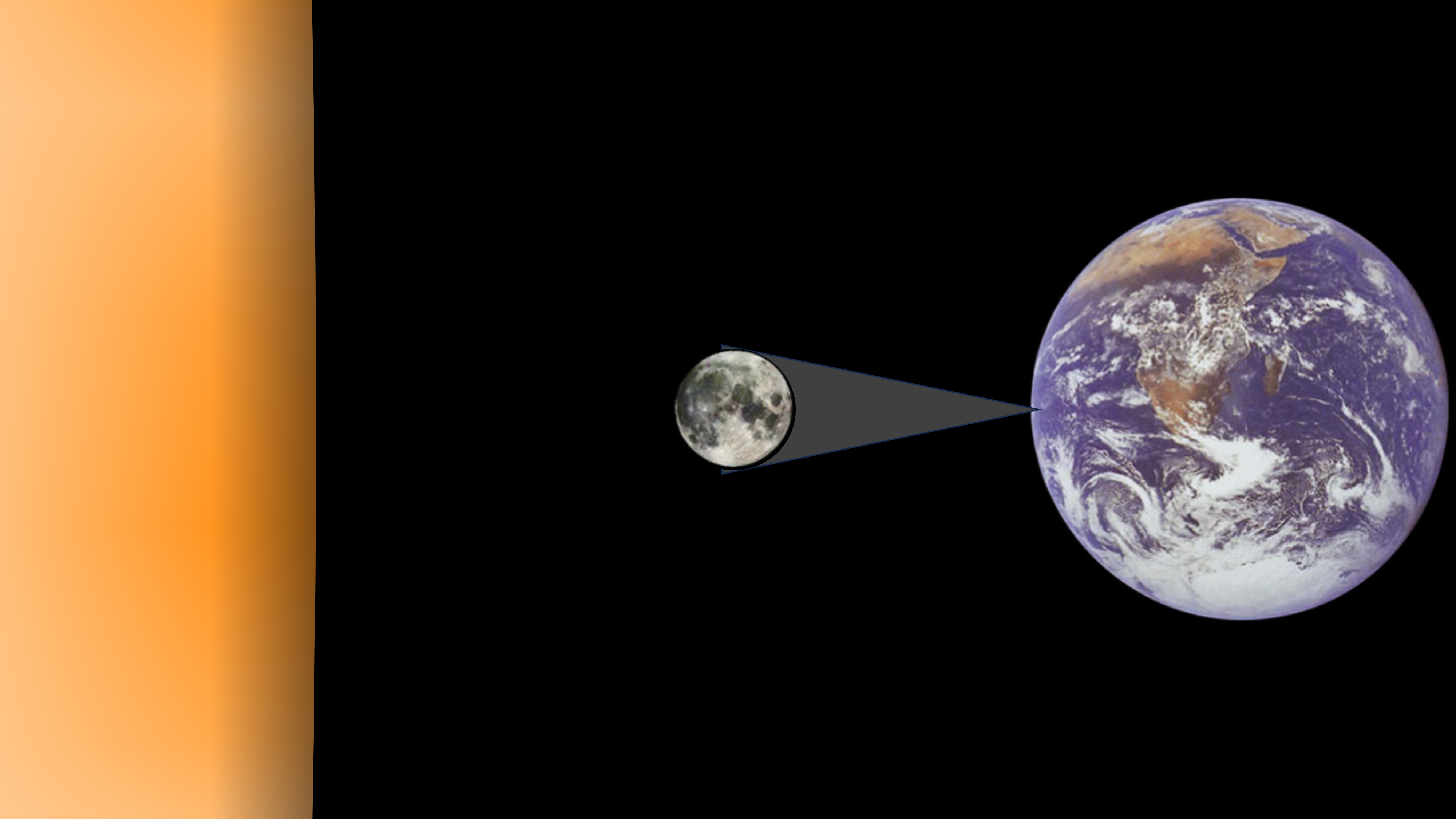
Figure 2: Diagram of a Solar Eclipse. The relative sizes of the Sun, Earth and Moon are to scale. Images courtesy of NASA.
Since both types of eclipses are a result of the combined orbital motion of the sun, Earth and moon, we can accurately predict them many years in advance.
Based on the alignment described above, we can determine what phase the moon must be in for an eclipse to occur. Since the phases of the moon are also a result of the alignment of the sun, Earth and moon (Figure 3), it is not surprising that there is a relationship between the phases and eclipses. Based off Figure 3, we can determine that the moon must be at the full phase for a lunar eclipse to occur, and the moon must be at the new phase for a solar eclipse to occur.
If the above description was the only science involved with eclipses, we would see a solar and lunar eclipse each month. However, we do not see eclipse that frequently. The reason is the moon does not orbit the Earth in the same plane as the Earth orbits the sun. The moon’s orbit is inclined by about five degrees from the Earth-sun plane (Figure 4). Because of the inclined orbit of the moon, an eclipse will only occur at one of the two points where the Earth-sun plane intersects with the moon’s orbit, which are called nodes. Therefore, lunar eclipse will only occur at the full phase of the moon when the moon is at one of the nodes, and a solar eclipse will only occur at the new phase when the moon is at one of the nodes.
Another complication for solar eclipse is the relative size of the sun and the moon. While the sun is much larger than the moon (6.96x105 km vs 1.74x103 km), the sun is much further away from Earth than the moon (average distance of 149.6x106 km for Sun vs 384x103 km for the moon). That means on average, the sun and moon appear the same size in our sky (~0.5 degrees). However, the moon’s orbit is not circular. Therefore, it appears smaller in our sky when it is at the farthest point in its orbit. So, if a solar eclipse occurs when the moon is near the farthest distance from Earth, the moon while not fully cover the sun. This is called an annular solar eclipse (Figure 5).
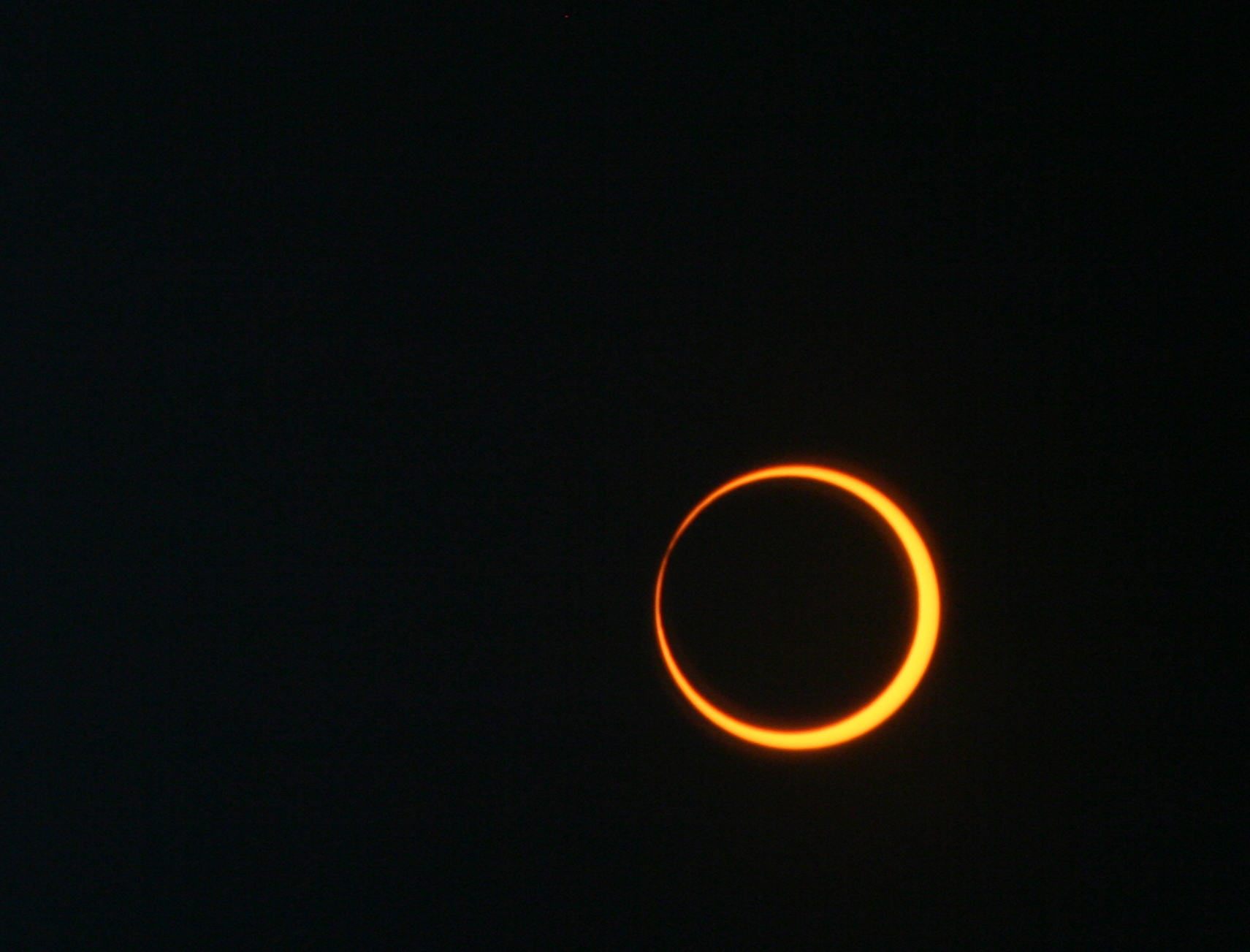
Figure 5: View of the Sun during annular eclipse on May 20, 2012. Image courtesy of NASA.
If a solar eclipse occurs when the moon is near its closest distance to Earth, the moon is big enough to cover the sun. This is called a total solar eclipse (Figure 6).
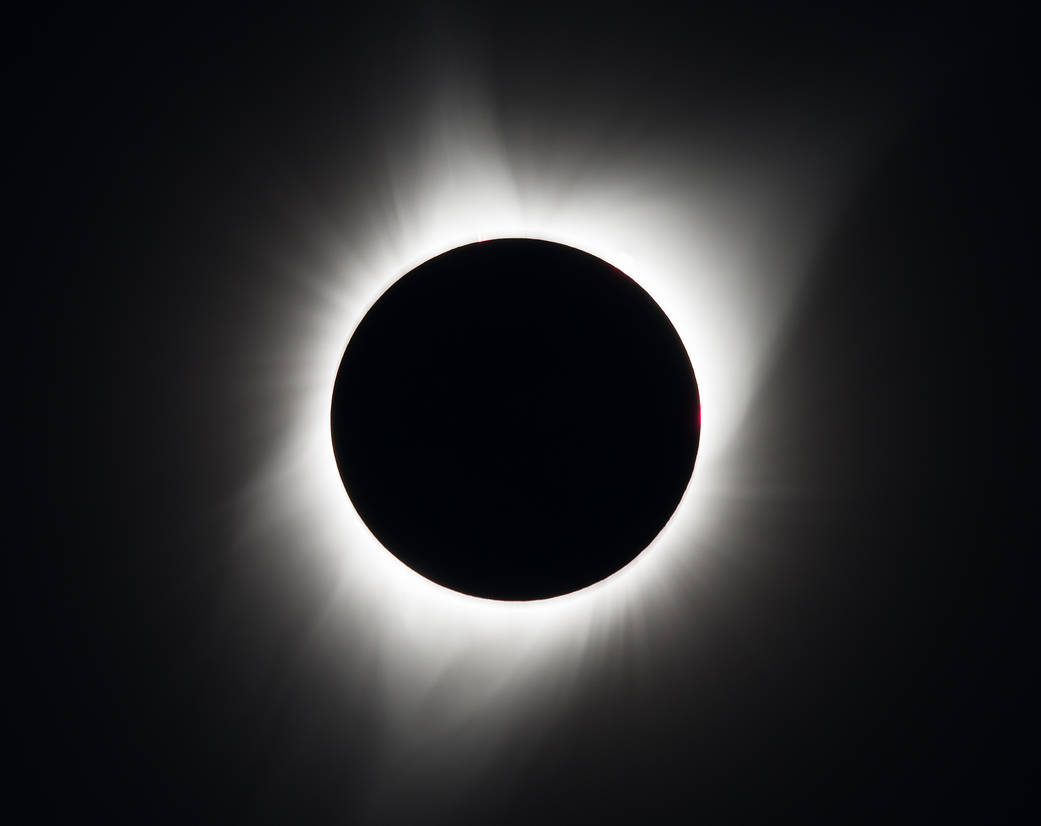
Figure 6: View of Sun during totality on August 21, 2017. Image courtesy of NASA.
A final complication for viewing a solar eclipse on Earth is the relative sizes between the moon and Earth. Since the moon is much smaller than the Earth (1.74x103 km vs 6.38x103 km), its shadow does not cover the entire surface of the Earth (Figure 7). In fact, a very small portion of the Earth’s surface is in the moon’s shadow during a solar eclipse.
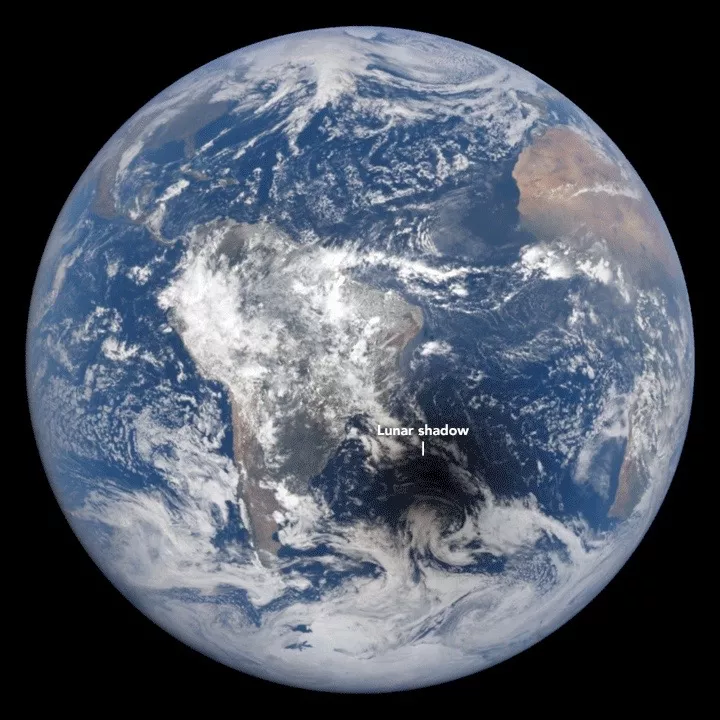
Figure 7: View of the moon's shadow on Earth during the February 26, 2017, annular eclipse. Image courtesy of NASA.
If the location where you are is in the direct path of the moon’s shadow, you will see an annular or total solar eclipse. If you are near the path of the moon’s shadow but not directly underneath it, you will see a partial solar eclipse (Figure 8). The further you are away from the path of the moon’s shadow, the less of the sun is covered in the partial eclipse.
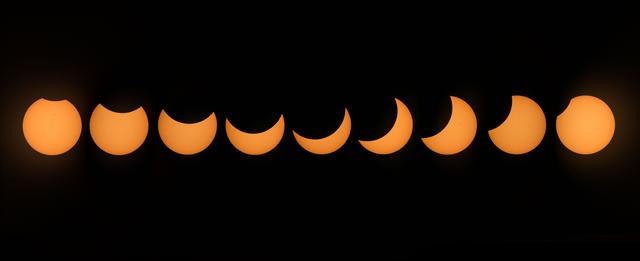
The above problems do not occur for a lunar eclipse, since the Earth is much larger than the moon. Therefore, anytime a lunar eclipse occurs, the entire night side of the earth will see a total lunar eclipse.
Because of the speeds of the Earth and moon in their orbits, the length of solar and lunar eclipses varies. In general, totality for a solar eclipse, the period of time when the sun is totally covered by the moon, is measured in minutes. The entire eclipse from when the moon first starts to cover the sun to when the moon stops covering any of the sun will last for a couple hours. For a lunar eclipse, totality lasts for hours.